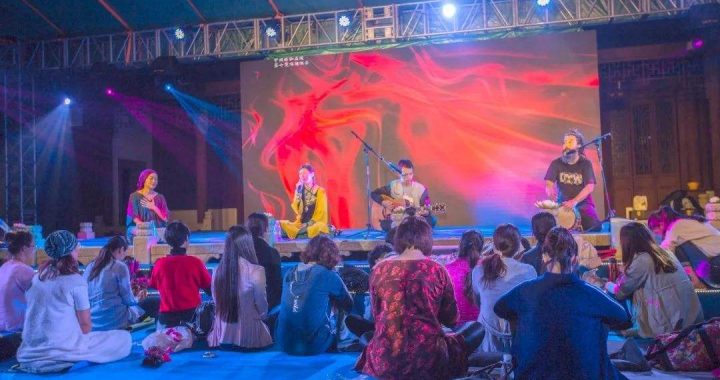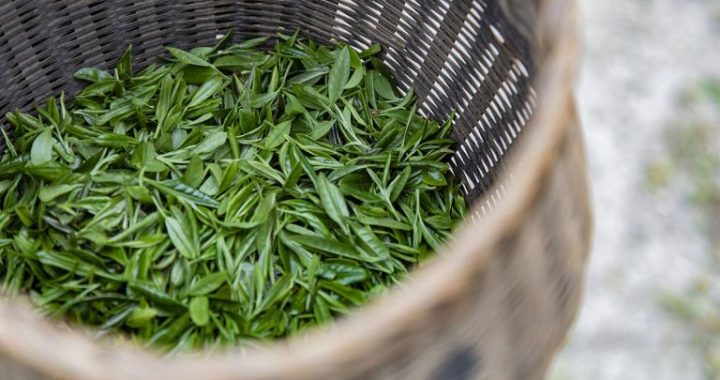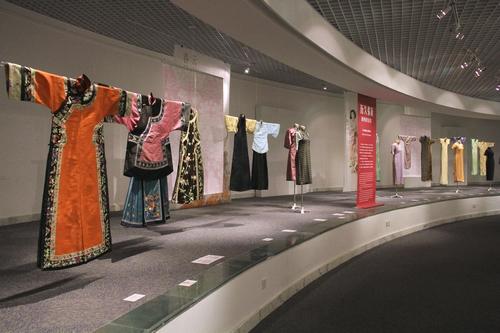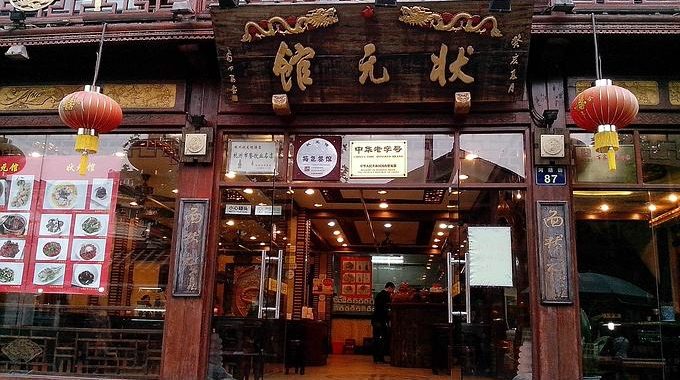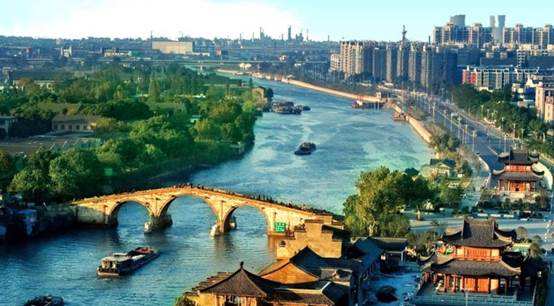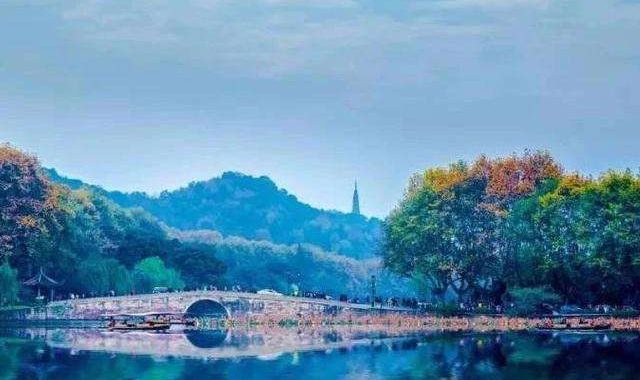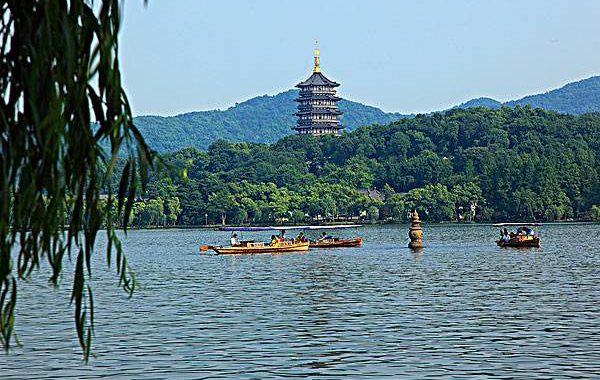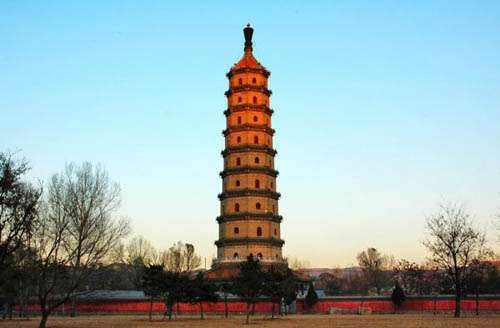A Story Etched in Jade
4 min readThe claim that China has 5,000 years of history has taken on talismanic importance in mainstream discussions of Chinese history,though as with all ancient history,there are never simple answers.
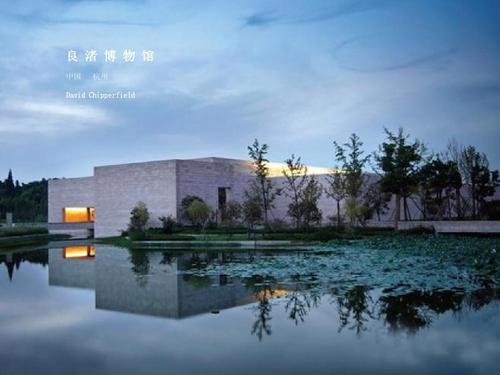
But arguably the most powerful argument in favor of the claim lies in the Yuhang District,northwest of Hangzhou,in Liangzhu.There,amid startlingly well-preserved jade relics,one can find clues to an ancient Chinese civilization.
Welcome to the heart of Liangzhu Culture,a Neolithic civilization that scholars believe existed between roughly 5,300 and 4,500 years ago,reigning in central China at the time of the Egyptian Pharaohs.
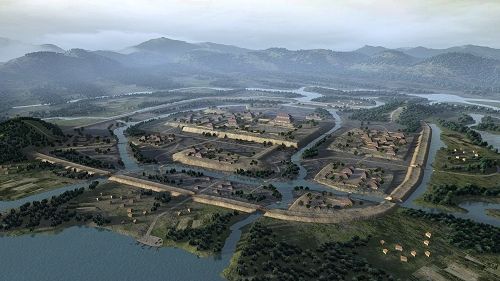
Naturally,the best way to catch a glimpse of the Liangzhu Culture is at the Liangzhu Museum.But before you can get to the museum,you’ve got to get to Liangzhu,and it’s not a short ride.There are several buses,but it will take you a few hours.Alternatively,you can hire a car and get there from West Lake in about an hour.
The centerpiece of an ongoing cultural precinct project,the museum itself is an impressive building,with overtones of brutalist architecture in the awe-inspiring limestone walls.Within the museum and around the water-feature courtyard,visitors can collect clues on this ancient culture,believed to have been the first to use jade as a marker of social status.
Viewing the exhibits,keep an eye out for info on the key relics.Without a doubt the most important and eye-catching of them all is the royal emblem.A casual observer could confuse it for a symbol from ancient Central American cultures,but the symbol is very much a Chinese one.Precisely what it portrays,however,is open to interpretation.
The emblem was found at the Fanshan site,which consists of a collection of tombs believed to house the highest-ranking aristocrats of Liangzhu society,as evidenced by the sheer quantity and quality of jade.Jade being the signifier of social status,the Fanshan site was a particularly prized find.
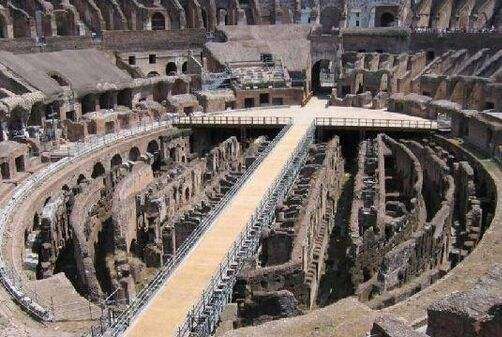
Some experts believe the royal emblem is a mask;others say it represents the full body of a deity,while some say it is just the face.Others say it is a priest or king riding a tiger.
Whatever the case,experts tend to agree that this emblem was held by the king of a society(which today we call Liangzhu Culture simply because of where it was found)that stretched from Sichuan in the southwest,Guangdong in the southeast,Qinghai and Gansu in the west,and Shaanxi and Shanxi in the north.
How cohesive this society was remains open to debate,but the unifying characteristics of the jade relics are rather clear.Jade cong and bi(ring-shaped bracelets and necklace beads respectively)make up the bulk of these.
Day-to-day life of Liangzhu Culture
Seemingly,the seat of power for this society was the Liangzhu Ancient City,the walls of which once surrounded the lands the museum is built upon,with a number of dig sitesstill operating around the area.At these dig sites,pieces of pottery from thousands of years ago are still regularly found.At one site,finds are common enough for a nearby house to operate as a makeshift archeological storage and classification area.
The ancient city was about 1.9 kilometers long,from wall to wall,and 1.7 kilometers wide.The walls were thick,ranging between 40 to 60 meters,and reached as high as four meters.
Little is known of the day-to-day workings of the city.Earthen terraces indicate alikely spot for a palace,as do traces of what seem to be wooden piers.The museum’s exhibits do reveal some subtle nuances of daily life in this ancient culture.Although aristocrats were tricked out with much more jade and no doubt en joyed certain perks in society,men were still buried with farming implements,indicating that even upper classesperhaps had to engage in farming to get by.This is understandable,in what still amounted to an early stage agricultural society.Farming played a big role in daily life,and most houses are believed to have been basic thatched mud-huts,built with logs and straw.
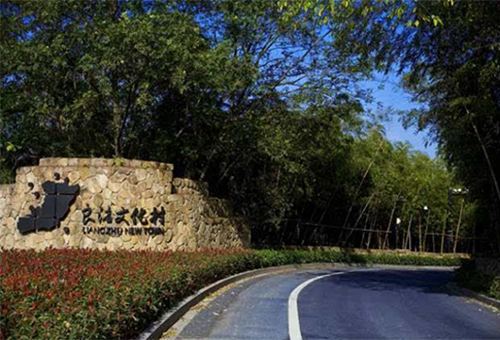
The broad reach of jade implements indicates that the culture had spread quite far,meaning that there was probably ongoing trade among various communities.Today we can really only speculate as to what ties were like between these communities.
Xianghu Lake in Xiaoshan District Similarly,it is not certain what became of Liangzhu Culture.There is some evidence to indicate that rising waters drove people away from their homes,while some studies looked at whether Taihu Lake was formed by a meteor impact some 10,000 years ago.
Whatever the case,the key aspect of Liangzhu Culture-its legacy of jade as an important marker of social status-has persisted throughout Chinese history,with jade a prized resource even today.So when glancing at jade items today,spare a thought for the ancient culture whence its attraction is likely to have sprung.
